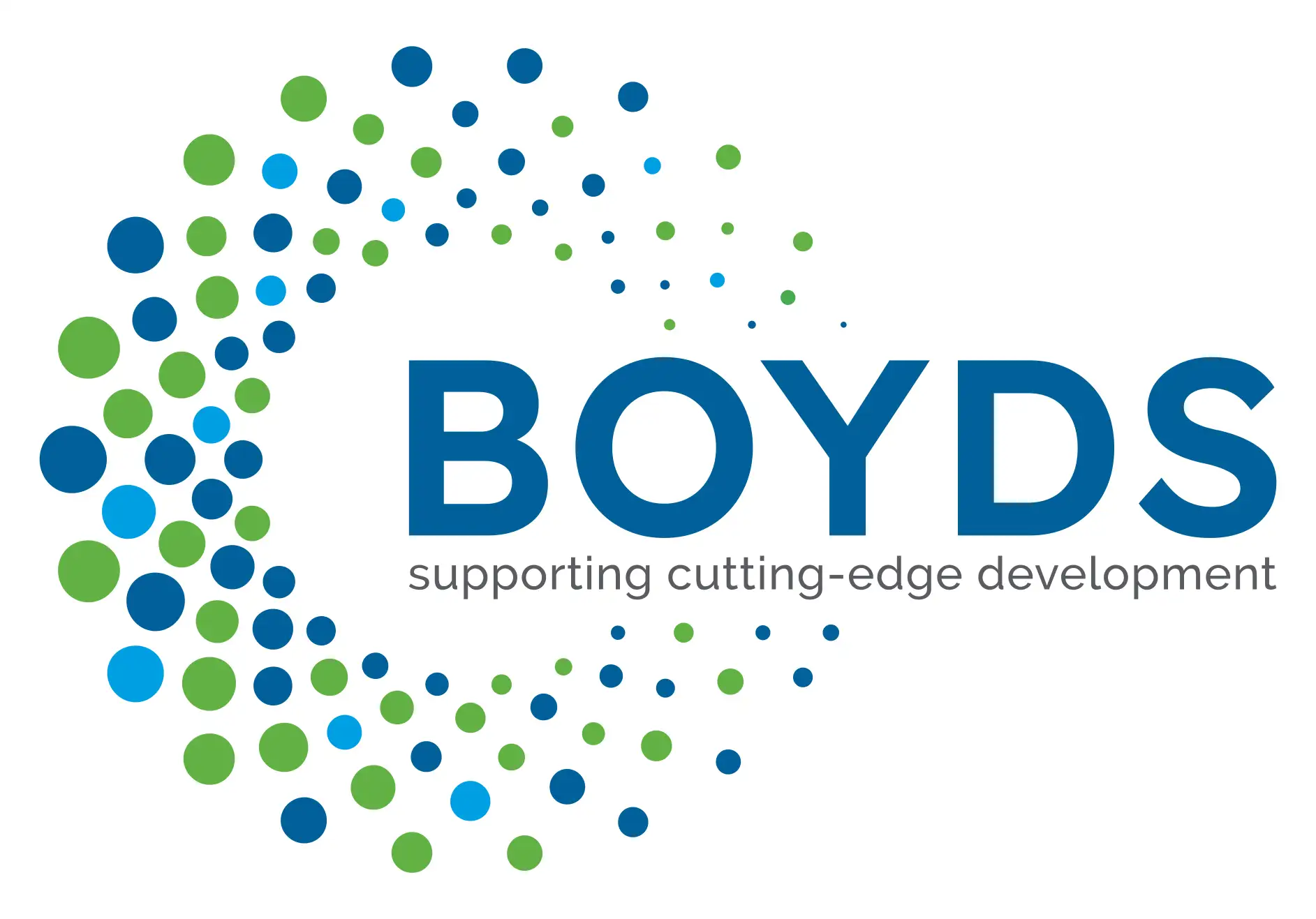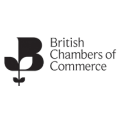At the Employment, Social Policy, Health and Consumer Affairs (EPSCO) meeting on 09 December 2022, the European Commissioner for Health and Safety, Stella Kyriakides, put forward proposals in her opening speech to extend the transition rules of the Medical Devices Regulation (EU) 2017/745.
The Medical Devices Regulation (MDR) was adopted by the European Parliament and the Council in 2017. The Regulation states that medical devices can be placed on the EU market under CE certifications issued in accordance with Directive 93/42/EEC (Medical Device Directive; MDD) or 90/385/EEC (Active Implantable Medical Device Directive; AIMDD) until 26 May 2024. Following the transition period to the new rule, products require certification under the MDR.
Transition period
The transition period has been longer than originally anticipated owing to various factors including the pandemic and the shortages of raw materials caused by the war in Ukraine placing a strain on market readiness. According to the European Commission, notified bodies will have issued around 7,000 certificates under MDR by May 2024. However, there are 22,793 valid CE certificates issued under the above Directives and a further considerable number of self-certified devices under the MDD/AIMDD, which also require certification. The strain on the system has resulted in a number of medical devices manufacturers withdrawing their products from the market and taking steps to reduce their product portfolio.
The deadline for the transition has been heavily criticised by politicians and industry stakeholders, with France, Ireland and Germany recently requesting an extension.
With patient safety at the forefront, the European Commission has reversed its position and is bringing in legislative measures to help prevent potential medical device shortages.
Commissioner Kyriakides proposed an amendment to the MDR to further extend the deadline for compliance with its provisions. This proposal will involve staggered deadlines extending to 2027, based on classification of devices according to risk. Furthermore, to prevent the discarding of safe medical devices, it is proposed to abolish the deadline of 26 May 2025 for the ‘sell off’ of products lawfully placed on the market under the previous regulations.
The proposal will be formally tabled before the European Parliament and the Council of Europe in January 2023 and, if approved, will help alleviate the challenges facing medical device manufacturers who are seeking to adapt to the new requirements under the MDR.
On the 6th of January 2023, the European Commission published the Proposal extending the transitional provisions under the EU Medical Devices Regulation (MDR). This is now before the European Parliament and the Council and awaits approval.
Regulatory changes
There are new responsibilities for both developers and regulators with regards to combinations of medicinal products with medical devices, and it is important that developers of both are aware of these requirements and plan for relevant interactions in their regulatory strategies.
In Europe, the new Medical Devices Regulation (EU) 2017/745, (EU MDR) and In Vitro Diagnostic Medical Devices Regulation (EU) 2017/746 (EU IVDR) include provisions concerning the responsibilities of the European Medicines Agency (EMA), National Competent Authorities (NCA) for medicinal products and medical devices, and Notified Bodies (NB), with regards to combinations of medicinal products with medical devices.
Some medicines are used in combination with a medical device, usually to enable the delivery of the medicine. Where the principal intended action is achieved by the medicine, it will be considered a medicinal product that includes a medical device. Under the EU MDR regulations (Article 117) for medical devices that form an integral product with a medicinal product, there is a requirement to provide a CE certificate for the device. If not CE marked, an applicant must include an opinion from a NB on conformity of the device.
In some cases, a medical device may contain an ancillary medicinal substance to support the proper functioning of the device. These products fall under the medical devices legislation and must be CE certified. In such cases, the EU MDR regulations (Article 1(8)) require that notified bodies seek a scientific opinion from either the NCA or the EMA (if a medicinal product falls exclusively within the scope of centralised procedure, or that incorporates human blood or plasma derivatives). Similarly, for medical devices that are composed of substances, or combinations of substances, which are systemically absorbed by the body in order to achieve their intended purpose, the NB shall seek a scientific opinion from either an NCA or the EMA (EU MDR Article 52(11)).
In addition, as part of the new EU IVDR, there are actions for companion diagnostics (CDx). Such devices support the safe and effective use of a specific medicinal product, by identifying patients that are suitable or unsuitable for treatment. A new classification system for CDx has been introduced, along with an obligation to undergo a conformity assessment by a NB. Before the notified body can issue a CE certificate, the NB must seek a scientific opinion from either an NCA or the EMA on the suitability of the companion diagnostic to the medicinal product concerned.
Get in touch
Our Regulatory Affairs team has a wealth of experience in the regulation of medical devices and will be following the developments of the MDR. If you would like to discuss your medical device development, or would like any advice, please get in touch and a member of our team will be happy to help.









